Your contact database is becoming an increasingly important hub linking your personal, professional, and social life. So it's not fun when that data gets messed-up.
If you are like me, over time, I combined contact records from different sources (e.g., cell phone, Microsoft Outlook, and web-mail accounts). At some point, I ended up with more duplicate records than I wanted to handle manually.

The real issue was that not all the duplicate records were really "duplicates". Some of the information was the same, but other information was different. I wanted something that let me pick and choose what to keep, what to get rid of, and what to merge.
It's not just duplicate records; lots of other things can go wrong too. For example, somehow many of the birthdays in my contacts database got shifted by one day. That meant someone whose birthday was July 27th, didn't show up on my calendar until July 28th. That defeats the purpose of setting birthday reminders, doesn't it? I had an older backup saved on the hard disk; but what about all the additions and changes I made since then?
 It turns out there is an application that neatly fixes things in situations like those. It's called Contact Scrubber for Outlook by TeamScope.
It turns out there is an application that neatly fixes things in situations like those. It's called Contact Scrubber for Outlook by TeamScope.
I have used several versions of this software over time. Contacts Scrubber was already a fine solution to a messy problem; yet it keeps getting better. It handles most things automatically, while still giving you control (when you want it).
I'm happy to say that it worked beautifully. If you ever run into this problem, I suggest you give Contacts Scrubber a try. It might save you a lot of time. Bottom-Line: it is the easiest way I've found to merge & purge and end-up with accurate Outlook 2010 contact records.

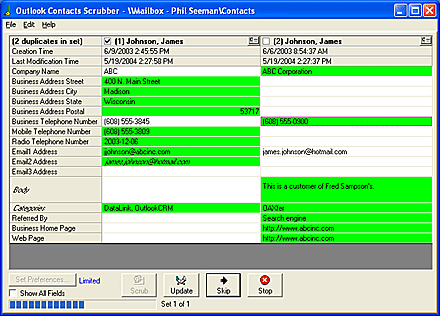

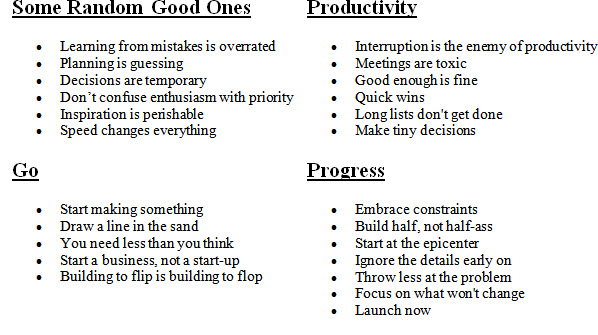

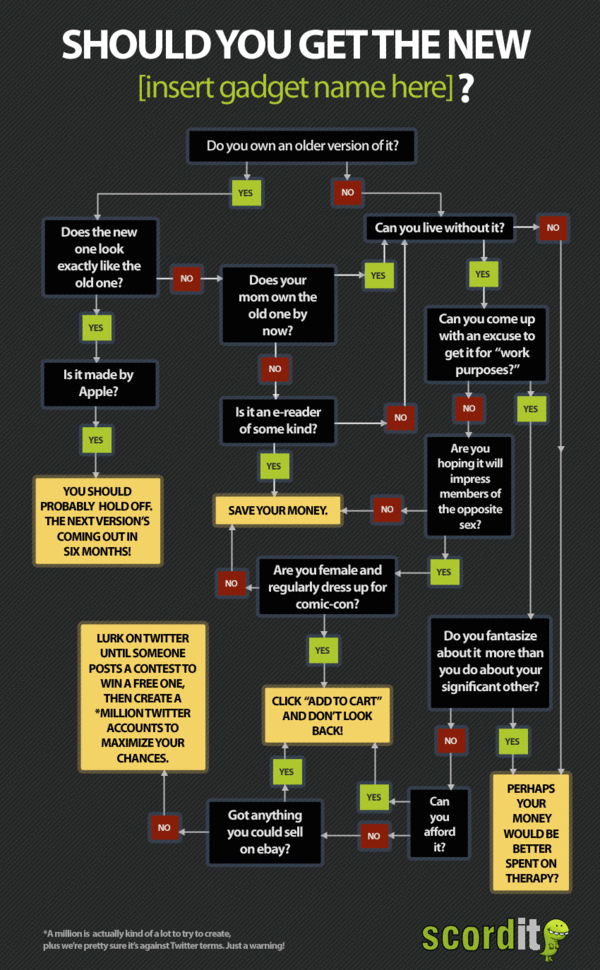


![Reblog this post [with Zemanta]](http://img.zemanta.com/reblog_c.png?x-id=ac21ca56-b8e3-4e7a-9398-a4b0a42477d1)
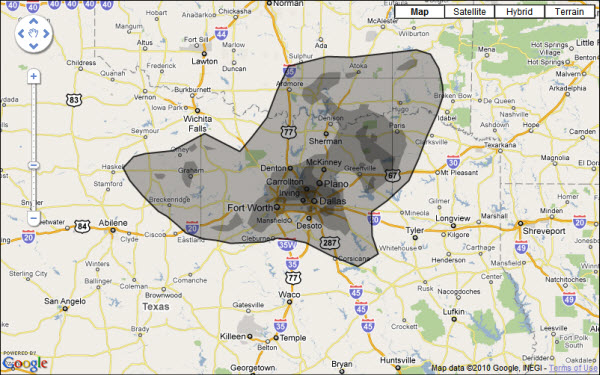
![Reblog this post [with Zemanta]](http://img.zemanta.com/reblog_c.png?x-id=97b3a39f-6455-4649-86b0-ffac919dc6f3)
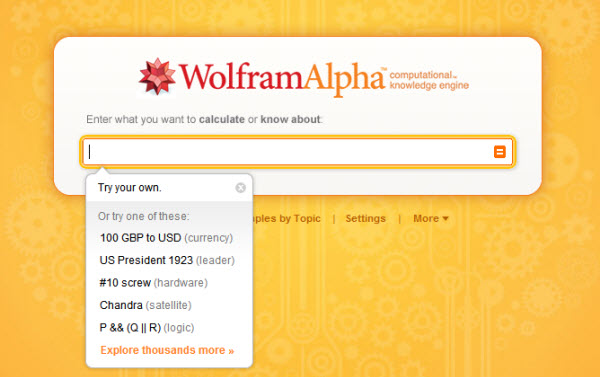

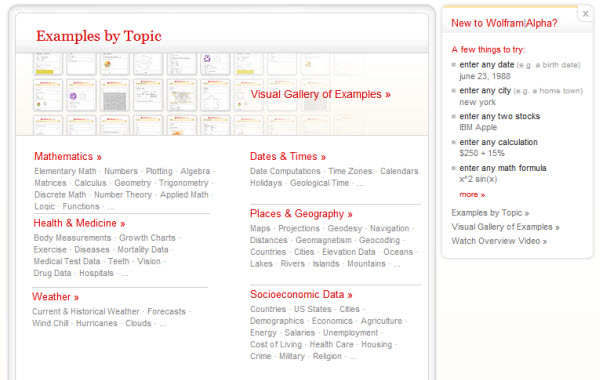
![Reblog this post [with Zemanta]](http://img.zemanta.com/reblog_c.png?x-id=b4995a17-3d40-4a37-8ae1-2214aa24754e)